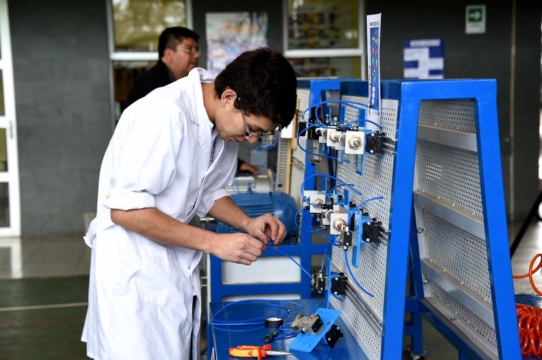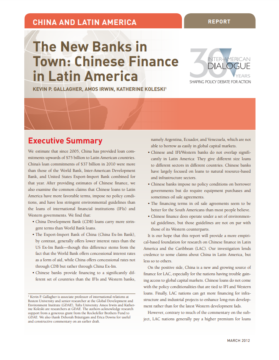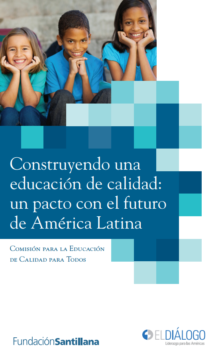
Chinese Migration to Latin America and the Caribbean
LAC has seen an uptake in often temporary flows of Chinese migrants post-2005, in association with growing Chinese investment in the region.
LAC has seen an uptake in often temporary flows of Chinese migrants post-2005, in association with growing Chinese investment in the region.
How role can Latin America play in addressing global food security challenges?
What are the main benefits and challenges of secondary technical and vocational education for Latin American countries?
An exploration of campaign finance across the Americas, with key lessons from regulation and clear recommendations for reform.
The Costs of Sending Money to Latin America and the Caribbean
Despite the importance of teachers in the learning process, systems for recruiting, selecting, training, and supporting teachers remain deficient
The lack of adequate skills represents a bottleneck to productivity growth and to the ability of workers to obtain gainful employment in Latin America.
Teaching is crucial to high-quality education, yet there is little agreement on how to produce high-quality teachers
The year 2016 was the third highest on record for Chinese state-to-state finance in Latin America.
Each year, the Migration, Remittances, and Development Program surveys migrants about their views on a variety of topics.
Estimates of the volume, composition, and characteristics of Chinese lending to the region since 2005.
Online competency-based education (OCBE) has emerged as a viable option to help reduce the skills gap in the Americas
Brazil’s oil and gas and electricity sectors are an important destination for Chinese direct investment.
Despite the importance of teachers in the learning process, systems for recruiting, selecting, training, and supporting teachers remain deficient.
Construyendo una educación de calidad shows that children and young Latin Americans are not learning at acceptable levels and proposes the creation of social pacts to improve education quality.













